How to Increase The Percentage of Line Drives
I played baseball for a long time (youth through minor leagues), coached for over 30 years, and In all that time, I have only heard one coach talk about this method of improving hitting that I am about to explain. I find that surprising because this has been the easiest and fastest way for me to help players hit more line drives.
What is the method? It's as simple as asking/challenging/requiring your players to hit line drives. I know that sounds too easy and you might think I’m crazy, but please keep reading. It will make sense. Let me walk you through a couple of examples:
- Soft Toss – take one of your players and soft toss 5-10 balls. More than likely you will get a wide array of hits (up, down, line drives). Now toss them 5 balls but ask them to hit the ball directly into the ground. What happens? They probably hit 4-5 balls in the ground. Next, ask them to hit 5 balls into the top of the cage. What happens? They probably hit 3-5 balls into the top of the cage. If you ask that same hitter to hit 5 more balls as line drives I guarantee it will be at a higher ratio than the first set of 5-10 balls. The big take away is that a player is more likely to hit the ball where they want (line drive) if they actively think about doing it. You might say “they are trying to hit line drives”. That might be their intended result subconsciously, but most hitters don’t actively try to hit line drives, especially at the younger ages. They are just trying to make contact or not strikeout. Ask players after an at-bat where they were trying to hit the ball and you will see…
- The power of the mind – I coached a little league all-star team (12-year-olds). During the regular season and playoffs, they hit a total of 10 home runs across 180 games. At the first All-Star practice, I told them that hitting line-drive home runs was the expectation for every player on the team. Why? Because they were all as big as me and the fences were 200 feet. They could all hit the ball 250-300 feet on a line. We set the tone for the team that we expected everyone to hit line-drive home runs. That was our goal. They bought into it and we worked hard on changing their mental approach. We focused on it in intrasquad games, BP, and every drill. I never told them how to swing or tried to change their form. I just told them where I wanted the ball to go - line drives that were home runs. In our first game, the smallest player on the team launched a 250 home run in the first inning off of a pitcher that was 6 feet tall and throwing hard. I looked at the faces of my players in the dugout and knew that they believed in what they had been working on. That team ended up hitting 27 home runs in 12 games all because they decided to hit line drives over the fence.
Explanation – Let's break down how this works
As I said earlier, most hitters are not consciously trying to hit line drives. They are preoccupied with the coach's signals, making contact, what mom, dad, and coach think if I strikeout. They know they are supposed to hit lines, but they are not actively thinking about it or trying to do it. Usually, they just swing and whatever happens, happens. In order for this method to work, they need to be consciously and consistently (every pitch) trying to hit the ball at the correct height to create that line drive. Eventually, after employing this method long enough, your brain will remember that line drives are what you are supposed to do (muscle memory) and it (the brain) will handle the task subconsciously. It’s no different than trying to hit a ball on the ground to the right side for a hit and run. If you are consciously making an effort to hit to the right side, it is more likely to happen. With this methodology, we are actively and consciously trying to hit line drives.
This does not mean it will always happen but, you will significantly increase the odds of hitting a line drive. It will help with hitters pitches, but more importantly, it will help on pitcher’s pitches. It’s so cool to watch a player take an 0-2, low and away curveball, and hit a line drive over the second baseman instead of rolling over a ground ball to shortstop all because they tried to hit a line drive.
How To Make It Happen – Mental and Physical
Mental:
Make Hitting Line Drives A Conscious Habit - The biggest key to getting players to hit this way is to enforce the idea of line drives every time they pick up a bat and hit a ball. They constantly need to be reminded to hit line drives. Ultimately, they need to be reminding themselves. Its got to become a habit for them. On that All-Star team, we hung a baseball from a rope in our dugout. We had all kinds of home run sayings (“big fly”, “moonshot”, ”bomb squad”) written on the ball. Every batter that went to the plate touched the ball before they went up to bat. It was a conscious reminder of what the goal was. Outside of games, I would have them say “line drive” out loud before every swing until they got more consistent, then I would make them say it when they didn’t hit a line drive to reinforce the behavior when they failed to achieve it. We required line drives during BP, soft toss, cage work, etc. If I saw a sequence of 2-3 ground balls or pop-flys, I would call them out and reinforce the goal – line drives. The more you have them focus on it, the more it will stick.
Wikipedia defines habit formation as “the process by which a behavior, through regular repetition, becomes automatic or habitual. ... A habit may initially be triggered by a goal, but over time that goal becomes less necessary and the habit becomes more automatic”. This speaks to the conscious vs subconscious thinking I mentioned above. Habit formation takes on average 21-66 days.
Physical: These are some drills to help enforce the concept (drills vary based on age group)
- Have your players hit from second base (or close enough to a fence that they can consistently hit the ball over it) and ask them to hit the balls over the fence. By “over the fence”, I mean ten feet higher than the fence (line drives). Pop-ups are not acceptable. Ground balls are not acceptable. Watch what happens. I think you will be very surprised. For younger players, I explain that the fence should be seen as the infielders and you want them to hit the ball 10 feet over the infielder's heads. The key is to constantly persuade/encourage them to make adjustments when they do not hit a line drive. If they are hitting balls on the ground, ask them to adjust and try to hit the ball higher. Most hitters will quickly/eventually figure it out on their own without being told how to swing. As we’ve mentioned in other articles, learning by doing is the most successful learning.
- Turn BP into a game with rewards. The player with the most line drives to land in the outfield wins. You lose points for ground balls and fly balls.
- Add targets in your batting cage. I have 3 bright orange soccer cones attached to the top net about 30 feet down the cage. One is on the right side, one on the left, and one down the middle. Every hitter that steps into my cage knows that their job is to hit line drives at those cones based on the location of the pitch. As a coach, you must constantly reinforce the goal of hitting the cones.
- Add a rope across the cage at 6-8 feet high about 30 feet down the cage. Instruct hitters to hit all balls above the rope. Everything below it is a ground ball. If they hit the top net before the rope, it’s a fly ball. As a coach, you must constantly reinforce the goal of hitting balls above the rope and below the top net.
- Soft toss – give them pitches that are questionable strikes and ask them to hit line drives. This helps build the habit and teaches them that they can hit line drives regardless of where the pitch is if they are trying to do it. If you are a good bp pitcher you can do the same thing with pitches up, down, in, and out.
I hope this article gives you something new to try with your players. I have used these techniques with players ranging from Little League up through college players. The results have been amazing! I encourage you to give it a try. Please feel free to comment below or send me an email (jmorabito@perfectswingsusa.com) with your thoughts/questions.

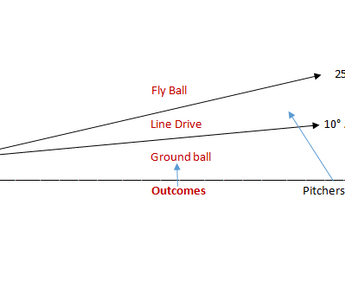
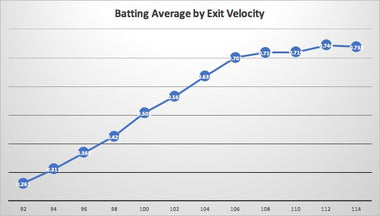

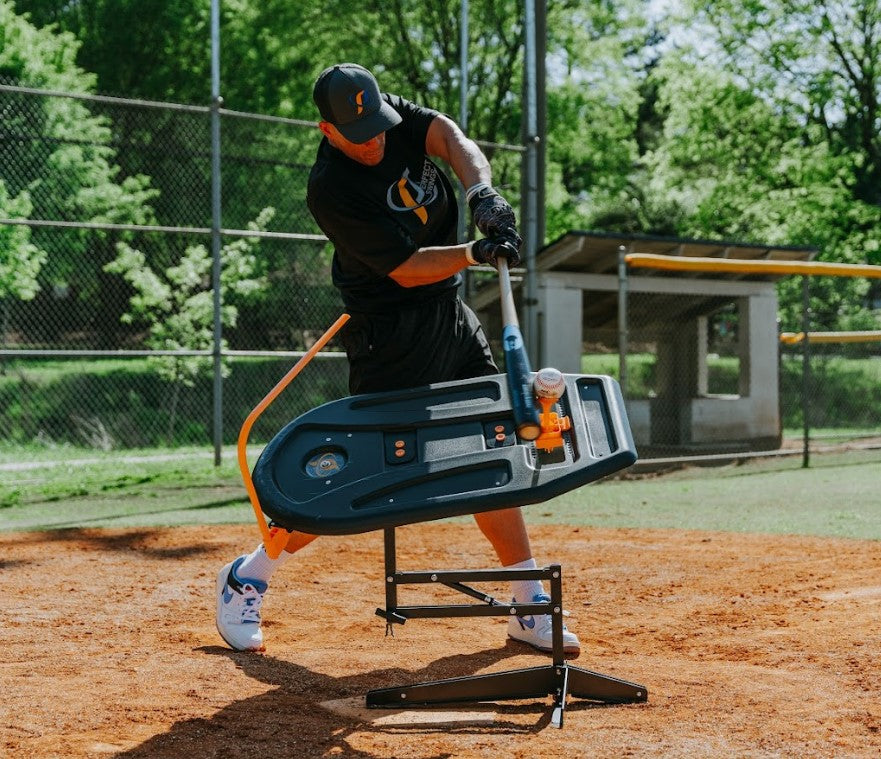
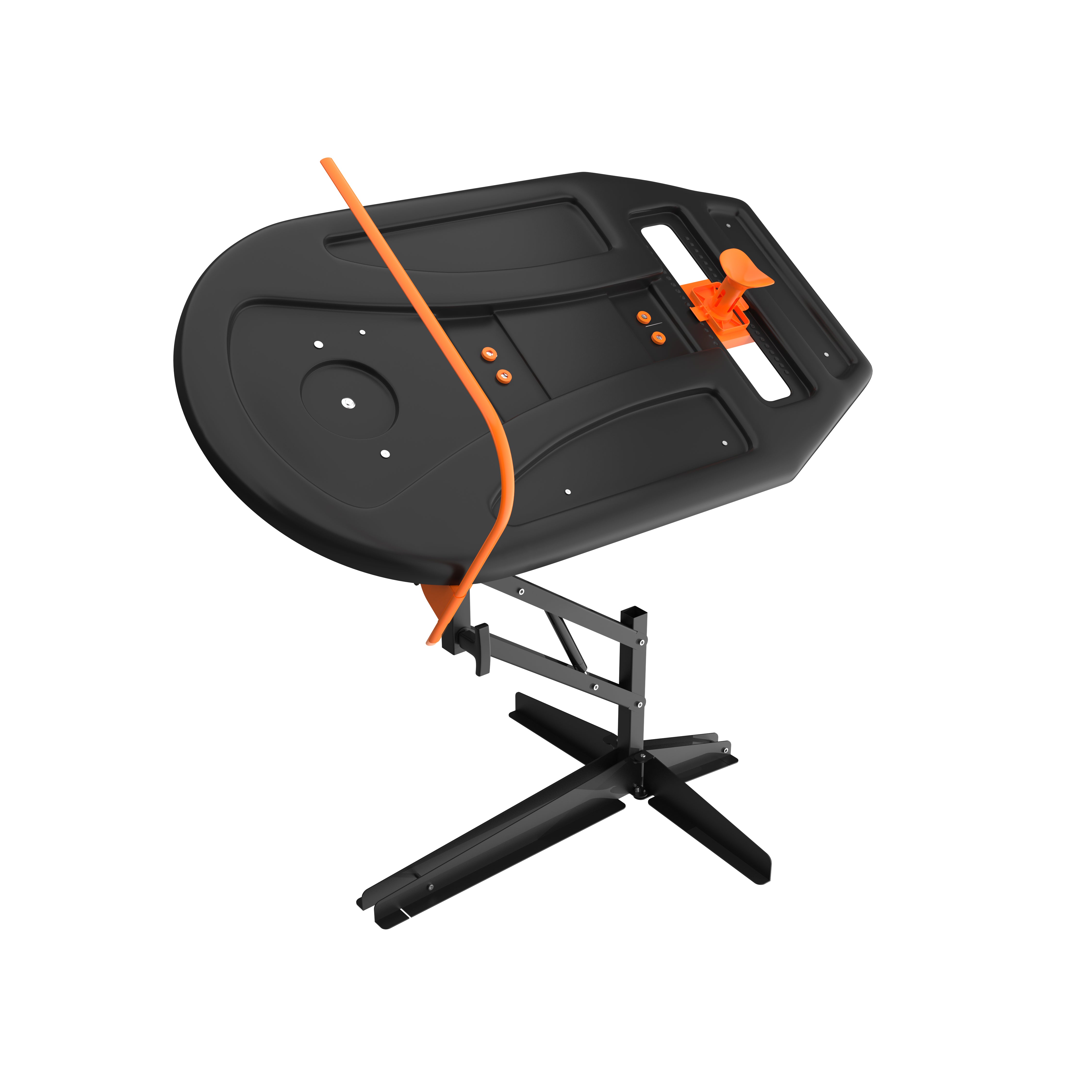
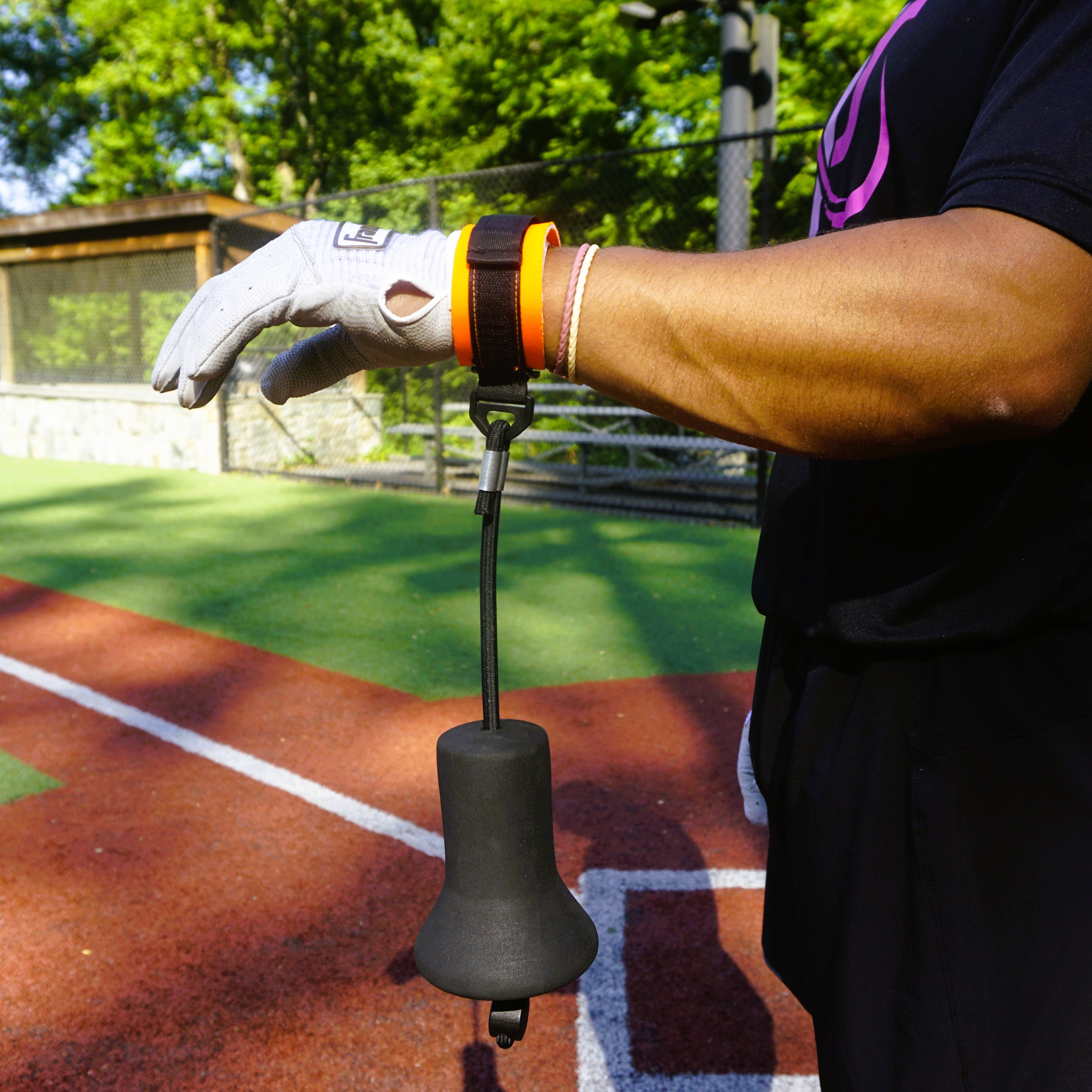
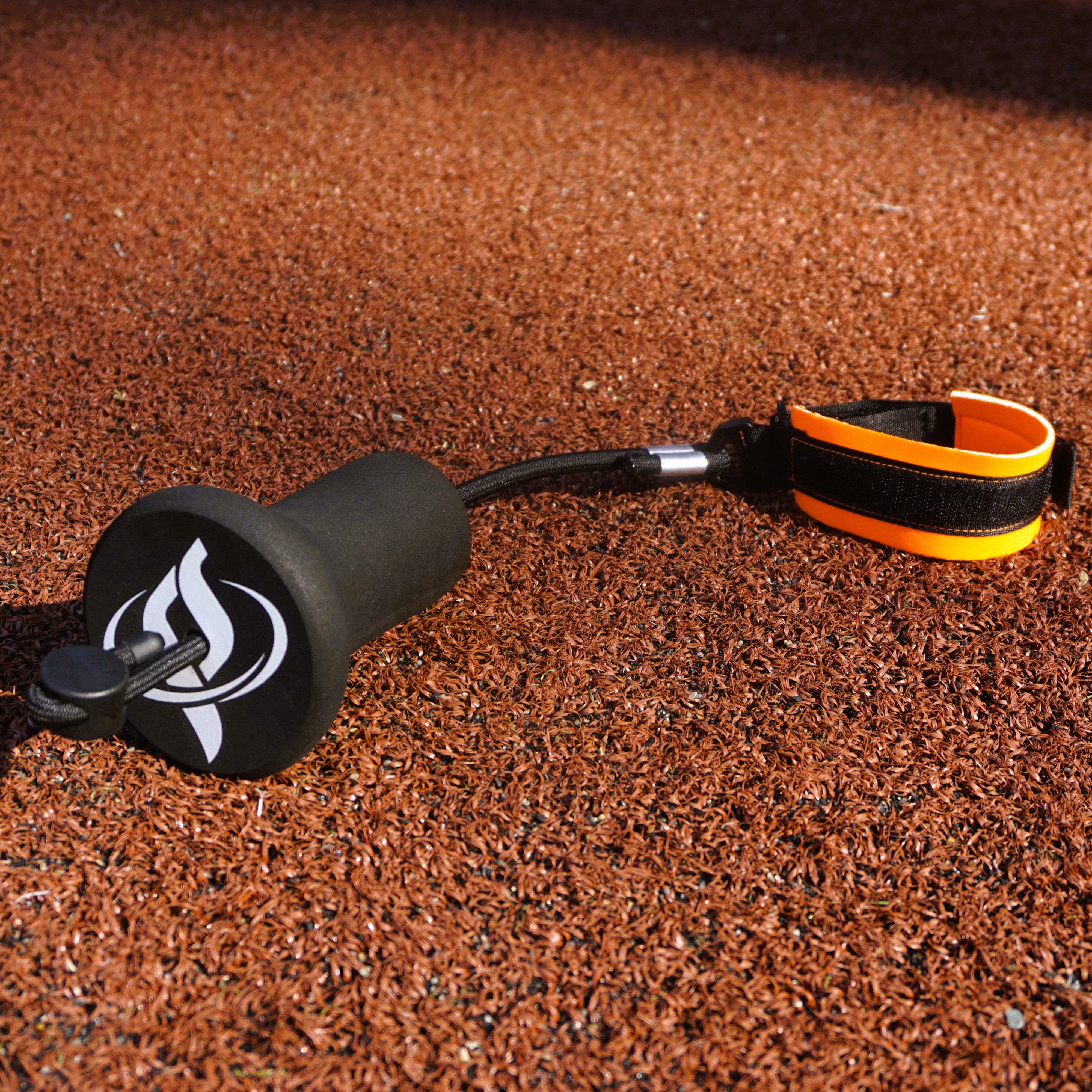
Great article! Very much inline with what I teach my son.
Thanks!